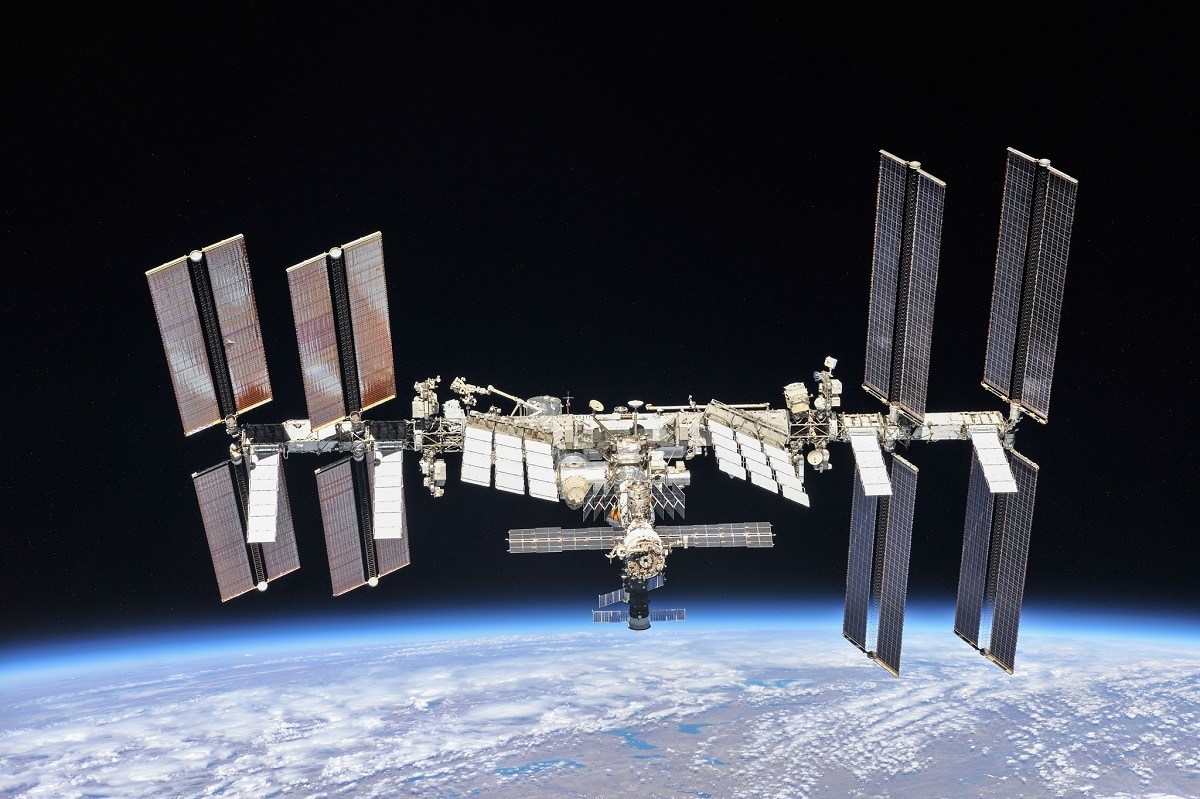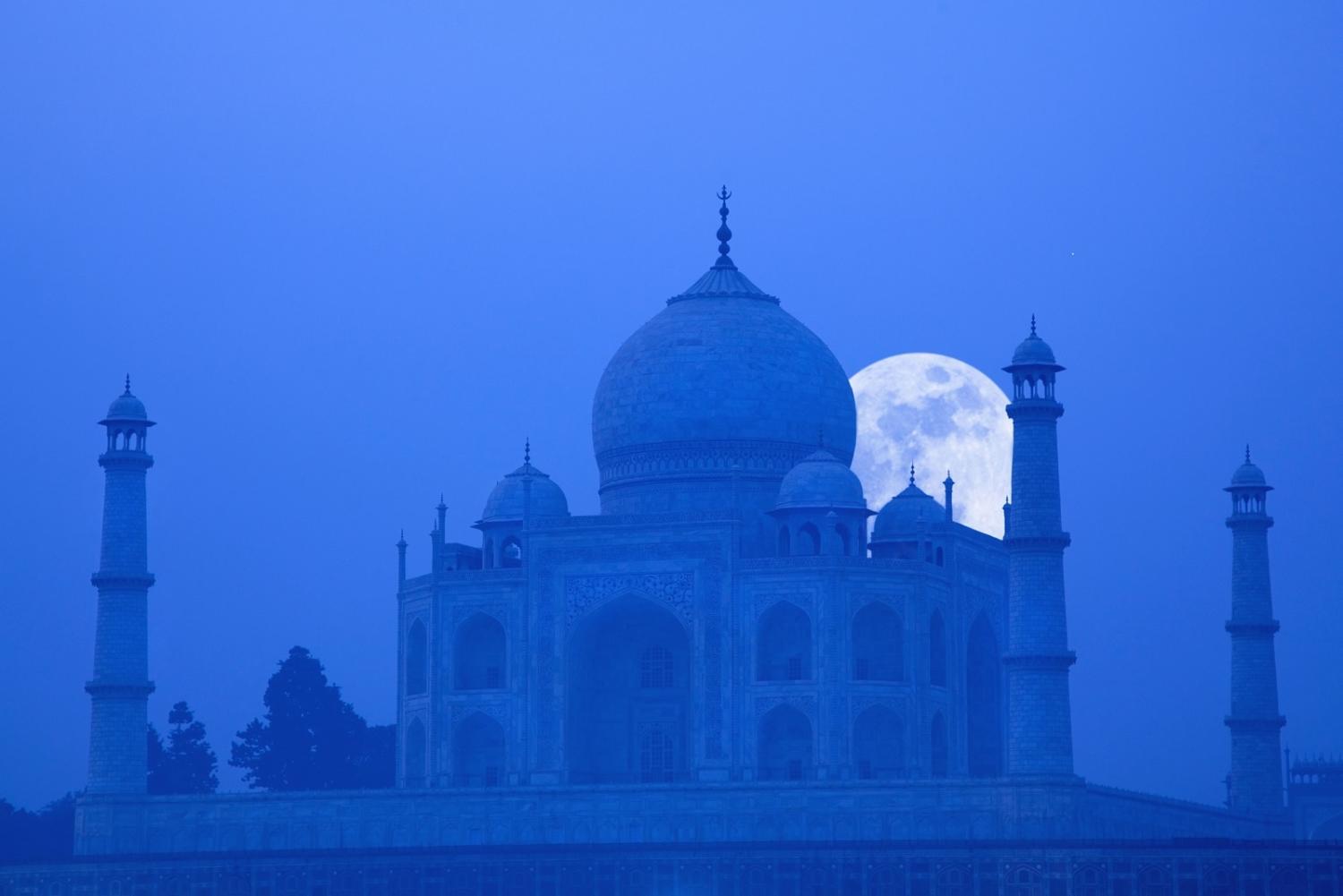There is something about humans and land. Even in the age of virtual reality, humans clamour for territory. When songs of hyper-globalisation were trending, Russia reinforced that geopolitics is congenital. The yearning for space is real, and so even the lunar surface has become prime downtown real estate. Major powers such as the United States, China and Russia are developing capabilities to map new frontiers to hoist their flags.
It is against this backdrop that India is attempting a new Moon mission. If events go as planned, India’s Chandrayaan-3 will become the world’s first mission to soft-land near the Moon’s south pole. All previous missions have landed in the Moon’s equatorial region. A successful soft landing will ensure India’s entry into the elite club of major astropolitical powers – the United States, Russia and China.
India’s excitement about the southern lunar pole partly stems from sheer enigma. The Moon’s polar regions are relatively unexplored due to their jagged surface and deep craters. However, they seem to hold much promise. The driving factors behind India’s mission are the search for water and clues to the early solar system, which can be discerned by examining frozen rocks and soil near the southern pole. Even as Delhi eyes the Moon, Moscow has launched a mission to the south lunar pole, attempting to get there before the former.
A successful soft landing will immensely boost the morale of the Indian scientific community. However, the mandarins in Delhi have other bills to pay. Major space-faring countries are planning deep space research and interplanetary probes as their capabilities grow. This tendency has increased the strategic value of the Moon as a launchpad for distant explorations.

Moreover, the economic drivers of outer space resource extraction are irresistible. States and private companies are rapaciously preying on the catch. Specialists suggest there is abundant lithium, nickel, copper, cobalt, zinc, tungsten, gold, platinum and various rare earth minerals present on the surface of extra-terrestrial bodies such as asteroids, the Moon and even Mars.
Even the cislunar space – which lies between the Earth and the Moon – is gaining attention. Experts note that the cislunar space also holds lucrative resources, including rare earth metals. Establishing infrastructure in this area will offer military advantages, such as increased surveillance capabilities.
Beijing has an expansive lunar program catering to cislunar space. Since 2007, China has launched two spacecraft in lunar orbit and landed two rovers on the Moon. Beijing has also soft-landed on the Moon’s far side, searching for lunar samples, conducting experiments, and successfully growing a cotton plant on the lunar surface.
It has also said it will try to land an astronaut on the Moon before 2030. Landing an astronaut is a stepping stone towards building a functional research station jointly developed with Russia – International Lunar Research Station (ILRS). The current International Space Station excludes China from its fold as Beijing’s space mission is intimately connected with the military wings of the Chinese Communist Party. More than ten countries are negotiating an agreement to join the ILRS, with Venezuela tipped to enter first. The China National Space Administration (CNSA) has already signed agreements or letters of intent with Russia, Argentina, Brazil and Pakistan.
Beijing’s consistent effort to capitalise on its growing space technologies is inspiring Washington to renew its celestial ambitions. The United States has its own version of the ILRS called the Artemis program. It consists of constructing the Lunar Gateway – a space station orbiting the Moon – and establishing a permanent presence on the south end of the Moon. Traditional US allies such as Japan, Canada and Europe have thrown their weight behind the Artemis program. Even new space-faring players such as Saudi Arabia, the United Arab Emirates and Nigeria have signed up. India, too, has joined the program, expanding its technological partnership with the United States and like-minded countries.
However, the ILRS and the Artemis program are not exclusive camps reminiscent of the bygone century. The two missions are non-binding and do not restrict countries from participating in other arrangements that suit their tastes. For example, the UAE is a signatory of the Artemis program and has also agreed to be a member of ILRS projects. Therefore, the ILRS and Artemis program are not ossified ventures. They are nascent and still taking shape.
Both these coalitions are early yet instructive manifestations of how countries perceive the Moon. Astropolitics is the new child of territorial geopolitics – states are playing the great game on a new turf.

